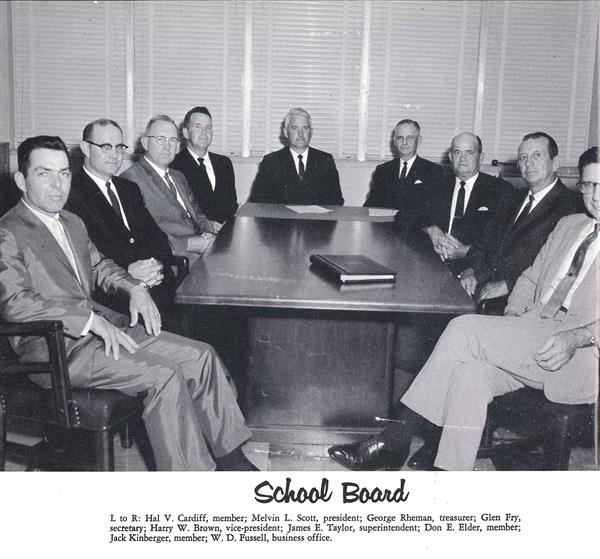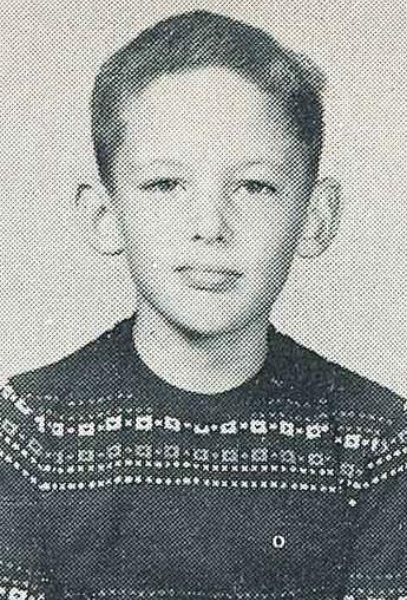Cardiff Family
-
Standing tall for years as Skyscrapers over Katy, the Katy Rice Dryers have been known by generations as this community's most famous icons. They have been a part of the Katy landscape since J.V. Cardiff and Sons and the Cardiff Brothers built their first rice dryer in 1942. Generations ago, when America's frontiers included vast and promising prairie in Katy, Texas, Charles Cromwell Cardiff and John Victor Cardiff set out to make a new life for their families. These pioneers, who helped settle Katy in the 1920's and 30s, had a vision and faith that this enterprise was right for their families. John V. Cardiff's acquired 2,000 acres of land north of Old Highway 90 for rice farming and for raising cattle while his brother Charles C. Cardiff bought 200 acres on what is now FM 1463. These two brothers ventured out at a time when one's wildest dreams could never have known that one day the city would reach out with suburbs that would swallow those rice fields and pastures and replace them with businesses, homes, and schools.
As farming technology progressed, drying and storing rice in buildings replaced letting it dry in the fields and storing it in sacks, thus saving the crop from the danger of weather or birds. J.V. Cardiff was the second in the area to install the new system which would allow farmers to dry their rice as it's harvested. The first rice dryers were built out of tin and wood, which made them vulnerable to fire and hurricanes. J.V. Cardiff built the first all concrete rice dyer in the State of Texas in Katy. The Cardiff family was known for its leadership in the rice industry as family members played vital roles in the American Rice Growers Association and other rice related endeavors. Charles C. Cardiff would be proud to know that the most recognizable historic landmark of the Katy community is still their rice dryers sitting alongside Interstate 10.
In the late 1960's when rice was the dominant crop on coastal prairies, the partners of J.V. Cardiff and Sons started an aerial application company, Air Rice, Inc. in response to the development of many safe and viable crop protectants. This created a demand for additional aircraft to apply the protectants. This company was also instrumental in developing the first viable turboprop powered agricultural application aircraft, the "Turbocat". For William P. "Bill" Cardiff aviation was a lifelong passion. He formed a partnership with Frakes Aviation of Cleburne, Pratt and Whitney of Canada and Grumman Aircraft Company of Elmira, N.Y., to develop the first gas turbine-engine crop-duster in the United States. Bill Cardiff was the first to envision establishing an airport to provide services to Houston's growing west side communities. In 2005, the Houston Executive Airport opened in Waller County and named its main road "Bill Cardiff Drive".



